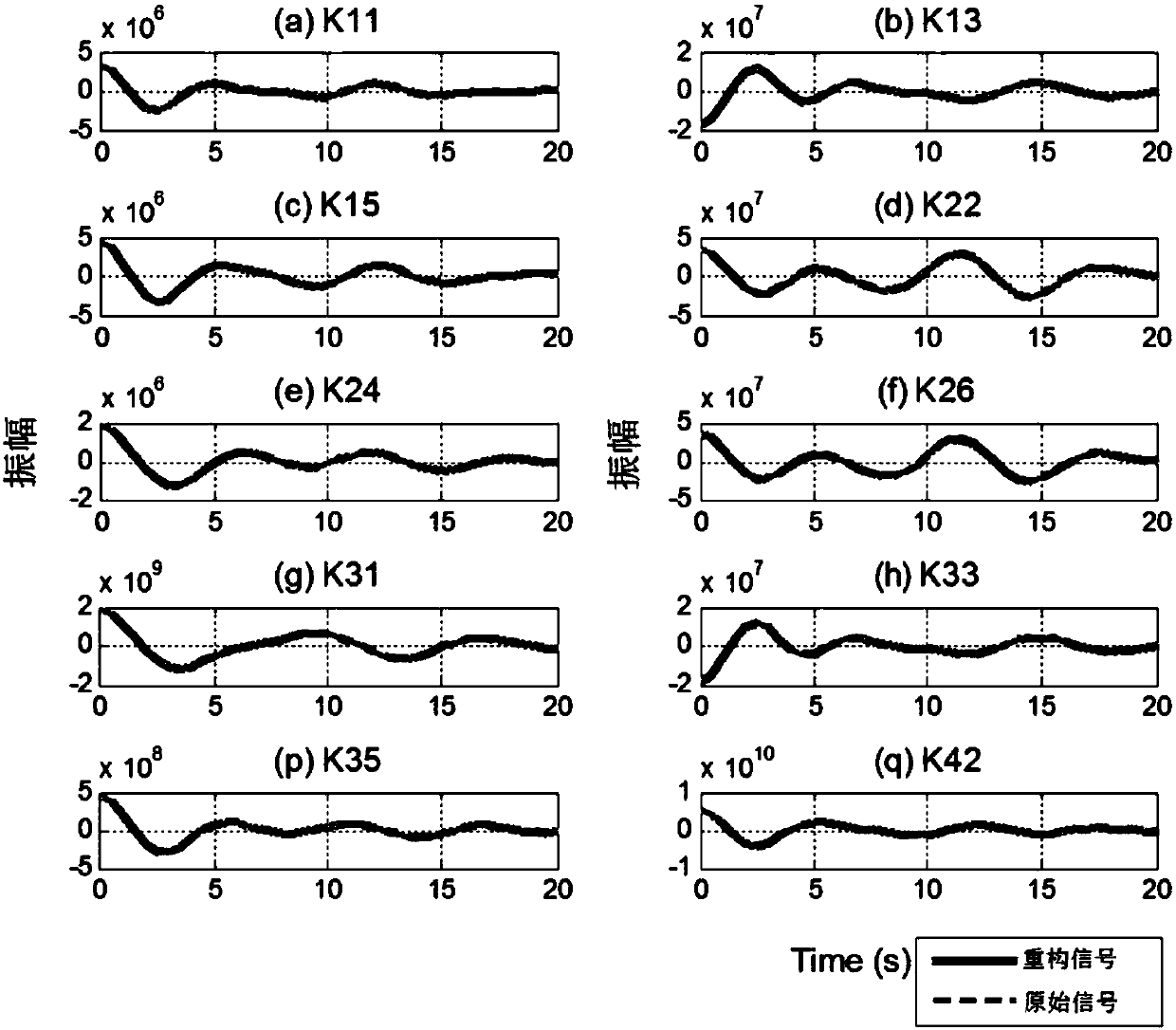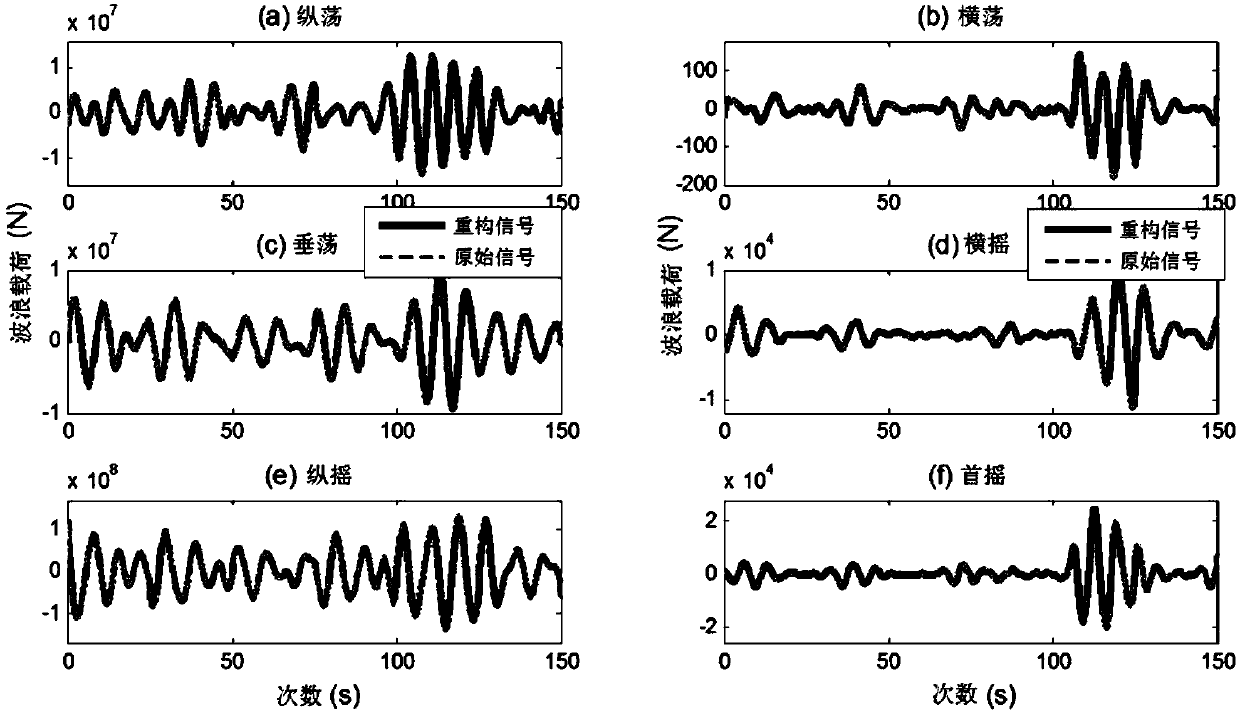Delay function-based frequency-domain response algorithm of marine floating structure
A delay function and floating structure technology, applied in complex mathematical operations and other directions, can solve problems such as the inability to obtain hydrodynamic coefficient solutions, and achieve the effect of good engineering application prospects, wide application scope, and avoidance of periodic assumptions.
- Summary
- Abstract
- Description
- Claims
- Application Information
AI Technical Summary
Problems solved by technology
Method used
Image
Examples
Embodiment Construction
[0059] In order to make the object, technical solution and advantages of the present invention clearer, the present invention will be described in further detail below in conjunction with the accompanying drawings and embodiments. It should be understood that the specific embodiments described here are only used to explain the present invention, not to limit the present invention.
[0060] Doing Laplace transform on both sides of the Cummins motion equation, we can get:
[0061] the s 2 [M+A(∞)]X(s)+sK(s)X(s)+CX(s)=F exc (s)
[0062] In the formula, M is the mass matrix of the structure, A(∞) is the result of the additional mass matrix when the frequency tends to infinity, K(s) is the expression of the delay function in the Laplace domain, and C is the hydrostatic restoring force matrix of the structure ; X(s), F(s) are the Laplace transform results of the dynamic response X(t) and the original external load F(t), respectively. It can be seen from the background technology t...
PUM
 Login to View More
Login to View More Abstract
Description
Claims
Application Information
 Login to View More
Login to View More - R&D
- Intellectual Property
- Life Sciences
- Materials
- Tech Scout
- Unparalleled Data Quality
- Higher Quality Content
- 60% Fewer Hallucinations
Browse by: Latest US Patents, China's latest patents, Technical Efficacy Thesaurus, Application Domain, Technology Topic, Popular Technical Reports.
© 2025 PatSnap. All rights reserved.Legal|Privacy policy|Modern Slavery Act Transparency Statement|Sitemap|About US| Contact US: help@patsnap.com



